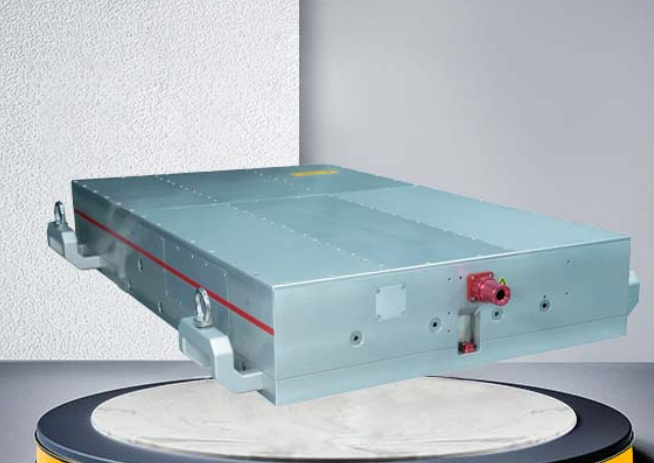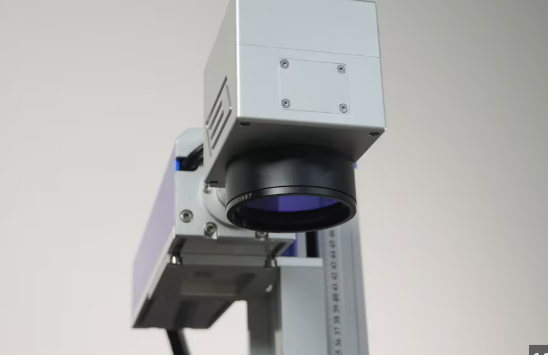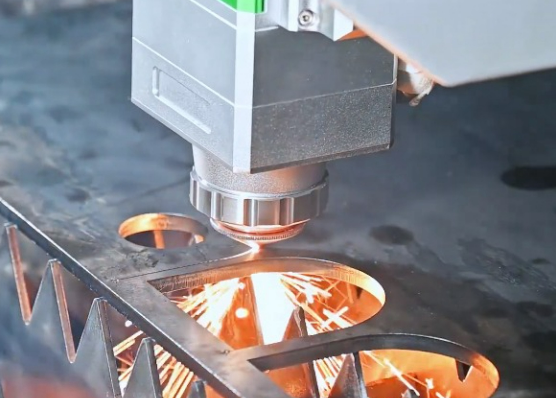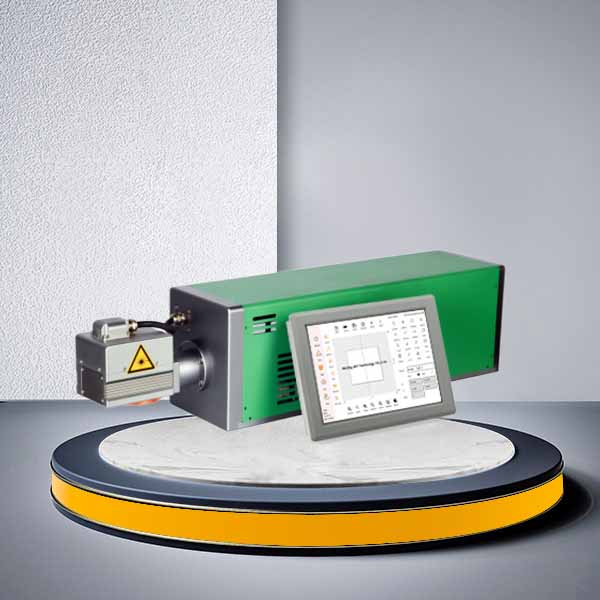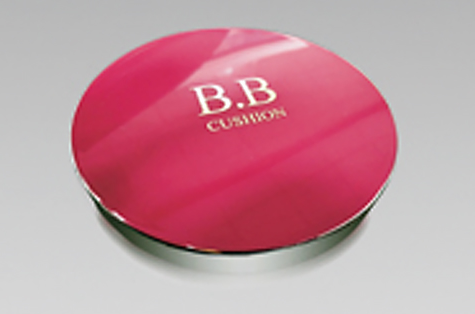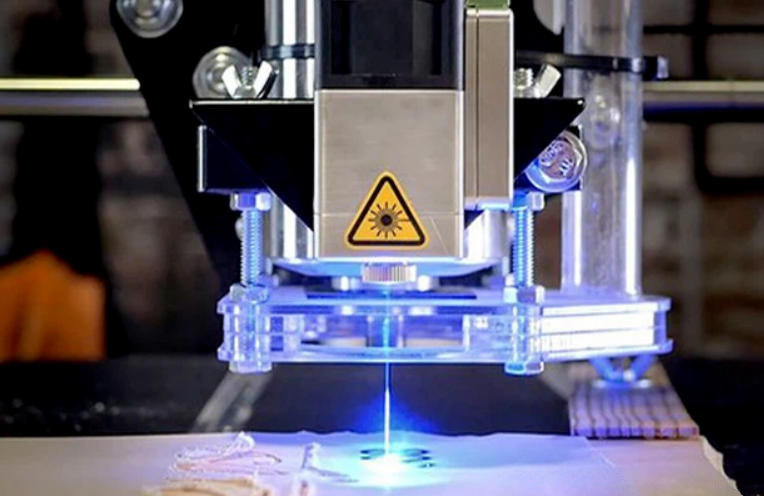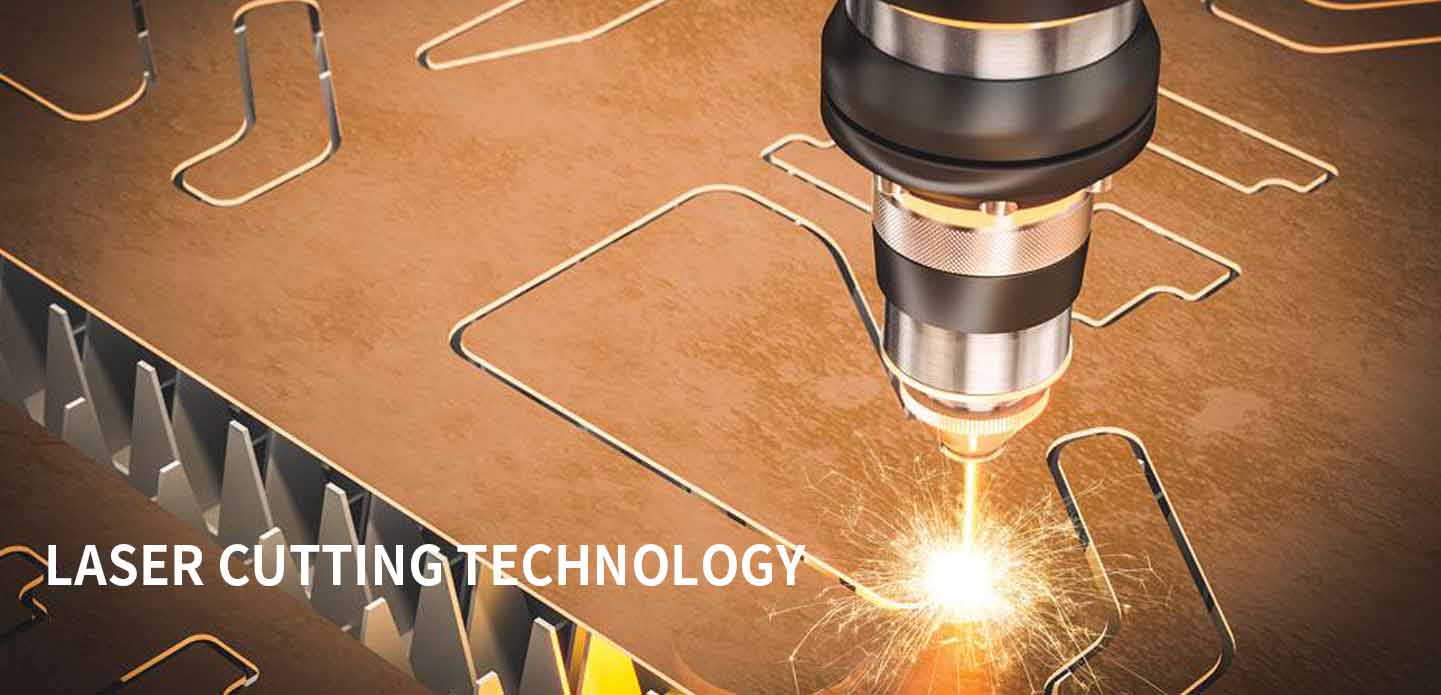
Introduction
Laser cutting has revolutionized the manufacturing industry since it was first introduced in the 1970s. When a focused laser beam strikes the surface of a material, the temperature at that spot rises sharply, causing the material to melt or vaporize. Once the beam penetrates the surface, it follows a defined path—melting or vaporizing the material along the way.
This process, known as laser cutting, enables precise, clean, and efficient material separation without physical contact.
Key Process Parameters in Laser Cutting
1. Laser Power
Laser power is one of the most critical parameters in laser cutting machines. Higher power allows faster cutting speeds and thicker material processing.
However, material properties play a major role:
Highly reflective materials reflect a large portion of the laser energy, requiring higher power to achieve clean cuts.
Materials with high thermal conductivity dissipate heat quickly, demanding increased power for effective cutting.
High-melting-point materials need greater laser energy density to reach the vaporization or melting point necessary for cutting.
Thus, selecting the proper laser power level based on material type and thickness is essential for achieving optimal results.
2. Cutting Speed
Cutting speed refers to the rate at which the laser cutting head moves along the material.
At a given power, thicker materials require slower speeds to ensure full penetration. Interestingly, the relationship between cutting speed and surface roughness forms a U-shaped curve: too slow or too fast can both result in rougher edges.
An optimal cutting speed ensures the smoothest possible edge while maintaining high efficiency.
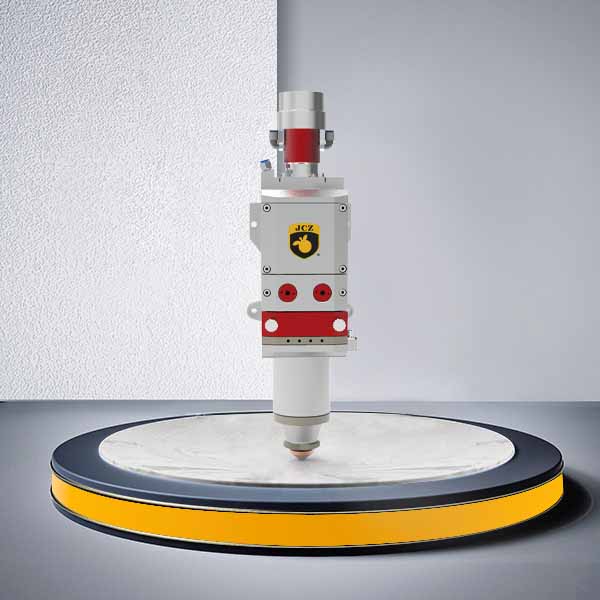
3. Cutting Thickness
The maximum cutting thickness of a material depends on several factors:
Laser power: Higher power enables thicker cuts.
Material type: Harder or denser materials are more difficult to cut.
Cutting technique: Laser, plasma, and waterjet each have different thickness limits.
Gas pressure and cutting speed: Proper balance ensures clean, consistent cutting edges.
4. Gas Pressure
During fusion cutting, gas assists in removing molten material from the kerf.
The gas pressure must be sufficient to blow away molten metal effectively, ensuring continuous cutting and a smooth finish. Gas type and nozzle design also affect flow dynamics. Therefore, selecting the appropriate gas and nozzle combination for the material type is vital for precision and efficiency.
5. Laser Beam and Focus
The laser beam mode significantly influences the cutting quality.
The spot size of the laser beam depends on the focal length of the focusing lens: shorter focal lengths create smaller spots but shallower depth of focus.
To maintain optimal cutting quality, a slight negative defocus (focus below the surface) is usually applied, ensuring consistent energy distribution throughout the material thickness.
6. Nozzle Design
The nozzle plays a key role in cutting stability and precision.
Coaxial nozzles—where the gas jet and laser beam are aligned—are commonly used. The nozzle diameter should match the material thickness, and the distance between nozzle and workpiece must remain constant to achieve uniform cuts and stable gas flow.
How to Evaluate Laser Cutting Quality
1. Surface Roughness
During metal laser cutting, gas flow and feed speed cause vertical or inclined textures on the cut edge.
The shallower the striations, the smoother the edge.
Low roughness not only improves the aesthetic appearance but also enhances mechanical performance. Adjusting laser power, focus, feed rate, and gas pressure helps minimize roughness for superior cutting quality.
2. Burr Formation
Burrs appear when molten material fails to eject completely and solidifies along the lower edge.
Causes include excessive material thickness, insufficient gas pressure, or improper cutting speed. Burr removal adds post-processing costs, so reducing burrs during cutting is crucial for improving overall efficiency.
3. Kerf Width
Kerf width represents the gap created by the laser beam.
Although it usually has little effect on overall quality, in precision applications—such as intricate patterns or small-diameter holes—it becomes a key indicator.
A narrower kerf means higher precision and is one of the reasons laser cutting has largely replaced plasma cutting in fine applications.
Improvement Strategies for Laser Cutting Applications
To increase productivity, optimize quality, and reduce costs in laser cutting processes, the following strategies can be adopted:
Use higher power lasers to achieve faster cutting speeds and minimize heat-affected zones.
Optimize parameters such as power, speed, gas type, and nozzle distance through experimental calibration.
Implement automatic focusing systems to maintain the correct focal position for varying material thicknesses.
Reduce idle movement by optimizing cutting paths, improving overall efficiency.
Integrate automatic edge detection to align materials precisely and minimize waste.
Use nesting software to plan optimal material layouts and shorten cutting paths.
Perform regular maintenance—clean optical components, replace consumables, and recalibrate to sustain performance.
Maintain a clean, temperature-controlled environment to ensure consistent cutting quality.
Adopt advanced control systems for higher responsiveness and support of complex geometries.
Keep up with laser innovations, including new sources, optics, and intelligent control algorithms to enhance capability and competitiveness.
Conclusion
Laser cutting technology has become a cornerstone of modern manufacturing, offering unmatched precision, efficiency, and flexibility.
By mastering process parameters and adopting intelligent optimization strategies, manufacturers can achieve superior cutting quality, lower costs, and higher productivity.
Whether in metal fabrication, electronics, or precision glass cutting, laser systems continue to redefine the standards of advanced manufacturing worldwide.

